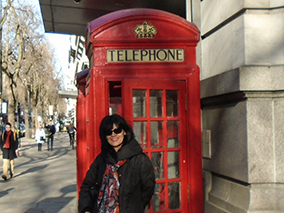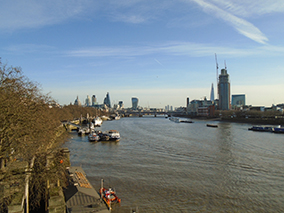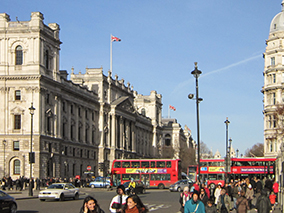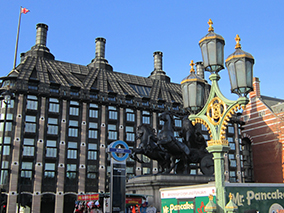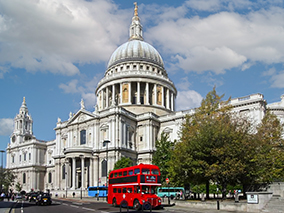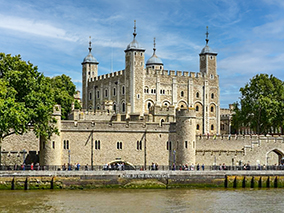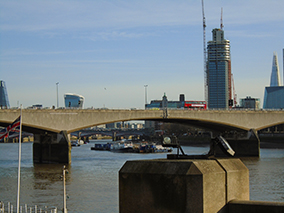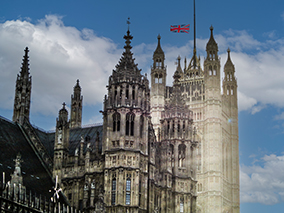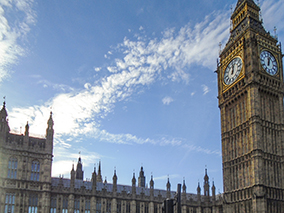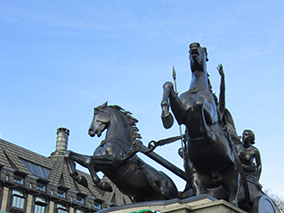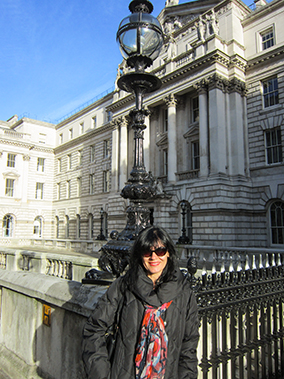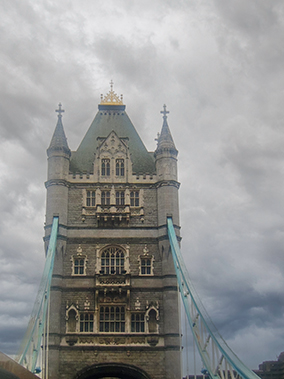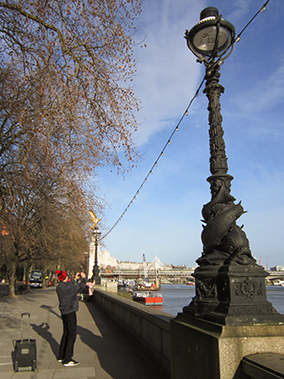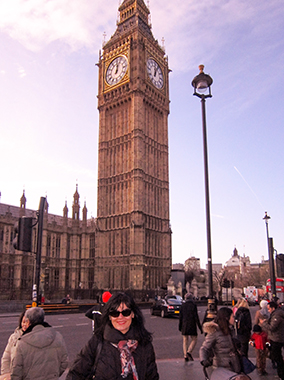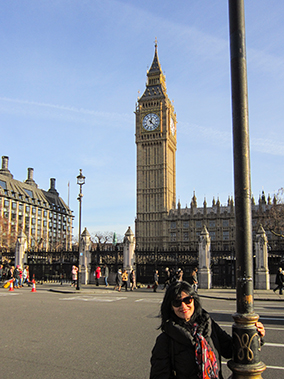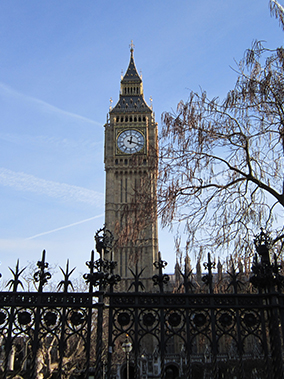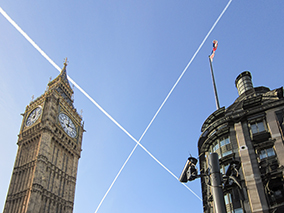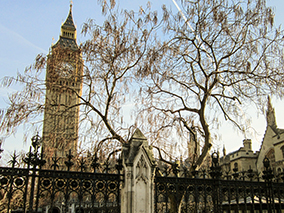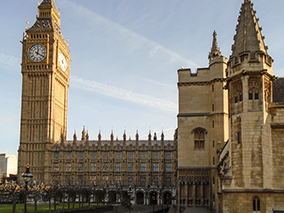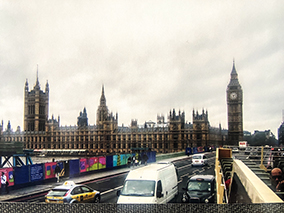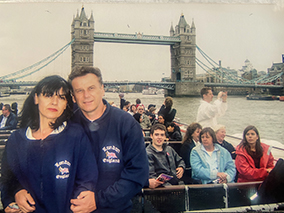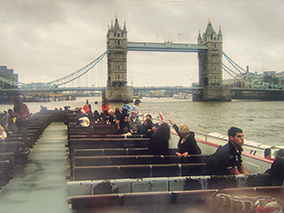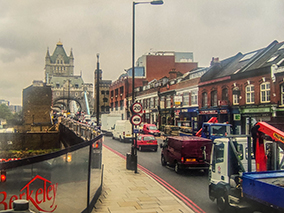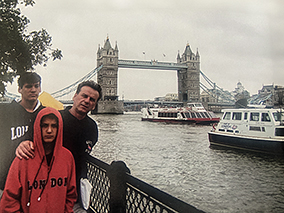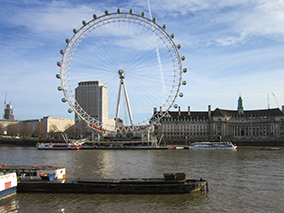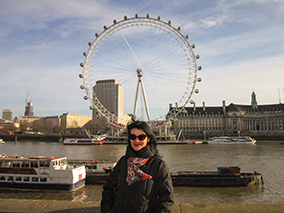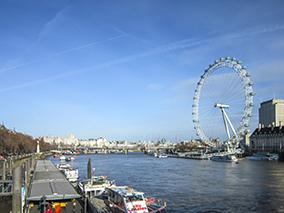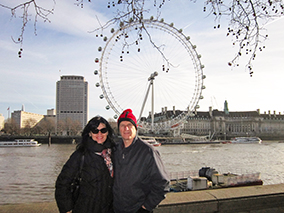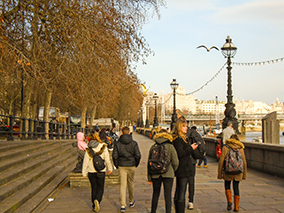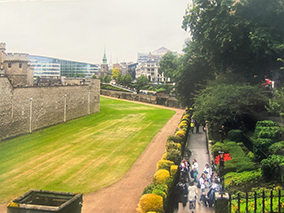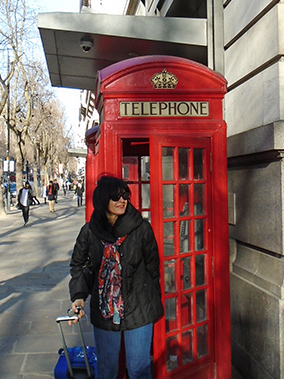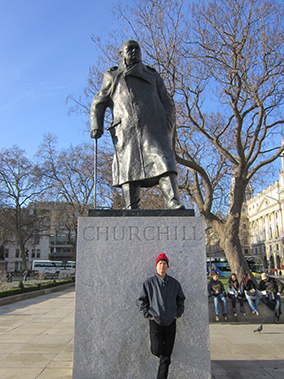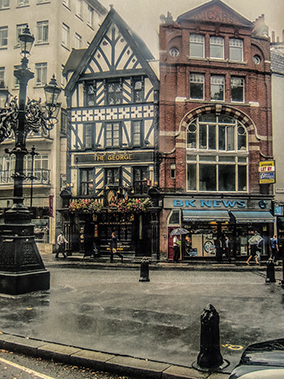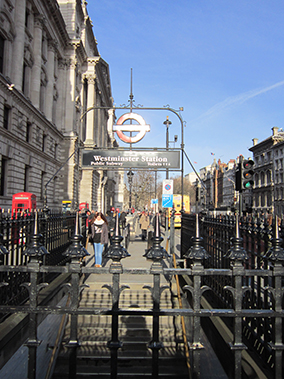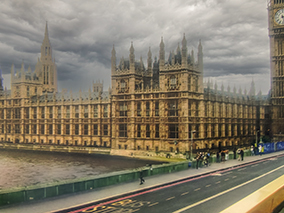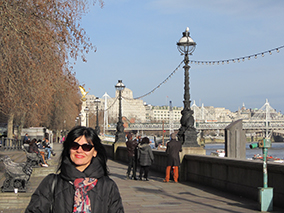London
London, the capital of England and the United Kingdom, is a 21st–century city with history stretching back to Roman times. At its centre stand the imposing Houses of Parliament, the iconic “Big Ben” clock tower and Westminster Abbey, site of British monarch coronations. Across the Thames River, the London Eye observation wheel provides panoramic views of the South Bank cultural complex, and the entire city.
As one of the world’s major global cities, London exerts a strong influence on its arts, entertainment, fashion, commerce and finance, education, health care, media, science and technology, tourism, transport, and communications.

Historically, London grew from three distinct centres: the walled settlement founded by the Romans on the banks of the Thames in the 1st century CE, today known as the City of London, “the Square Mile,” or simply “the City”; facing it across the bridge on the lower gravels of the south bank, the suburb of Southwark; and a mile upstream, on a great southward bend of the river, the City of Westminster. The three settlements had distinct and complementary roles. London, “ City,” developed as a centre of trade, commerce, and banking. Southwark, “the Borough,” became known for its monasteries, hospitals, inns, fairs, pleasure houses, and the great theatres of Elizabethan London–the Rose (1587), the Swan (1595), and the world famous Globe (1599). Westminster grew up around an abbey, which brought a royal palace and, in its train, the entire central apparatus of the British state–its legislature, executive, and judiciary.
Big Ben is probably the world’s most famous clock built 164 years ago. That iconic silhouette is instantly recognisable and is one of the most Instagrammed landmarks on the planet.
Six monarchs and 41 prime ministers have come and gone since the bells first struck their now familiar music across Westminster.
Each dial is seven metres in diameter. The minute hands are 4.2 metres long (14ft) and weigh about 100kg (220lbs, including counterweights). The numbers are approximately 60cm (23in) long. There are 312 pieces of glass in each clock dial.
While Londoners and tourists alike have “long used the alliterative moniker to refer to the entire structure,” Big Ben actually refers to the massive 13.5–ton bell within it, says Slate. Prior to the name change, the tower itself was called the Clock Tower.

Tower Bridge is a Grade I listed combined bascule and suspension bridge in London, built between 1886 and 1894, designed by Horace Jones and engineered by John Wolfe Barry with the help of Henry Marc Brunel. When first built, Tower Bridge was the most sophisticated bascule bridge ever completed. The bascules were operated by hydraulics, using steam to power the enormous pumping engines. Today, the bascules are still operated by hydraulic power, but are driven by oil and electricity rather than steam. Connecting the North and South Towers, the Walkways offer breath–taking panoramic views of London from 42 metres above the River Thames, from east to west. Before its restoration in the 2010s, the bridge's colour scheme dated from 1977. It was originally painted red, white and blue for Queen Elizabeth II’s Silver Jubilee. Its colours were subsequently restored to blue and white. The restoration of the bridge is vital to protect this landmark for the future.
At 135 m, The London Eye is the world’s largest cantilevered observation wheel. It was conceived and designed by Marks Barfield Architects and was launched in 2000.
It has won over 85 awards for national and international tourism, outstanding architectural quality and engineering achievement.
It was supposed to be a temporary attraction that would be taken down after five years, but its unwavering appeal has secured its survival. A trip – or “flight” as it is known here in one of the wheel’s 32 glass–enclosed eye–shaped pods takes 30 minutes and, weather permitting, offers views of 25 miles in all directions.
It is fourth largest Ferries Wheel in the world attracting millions of tourists. It carries 800 at once, which is the equivalent of the capacity of 11 red double-decker buses in London.
The New Year’s Eve fireworks at the London Eye is a spectacular event. Just like the Sydney Harbour Fireworks, the marquee event at London’s landmark is highly anticipated by the local residents and visitors alike. The nearby viewing areas host as many as 150,000 visitors every year before the fireworks.
And a few more for the end. Thank you for watching!
